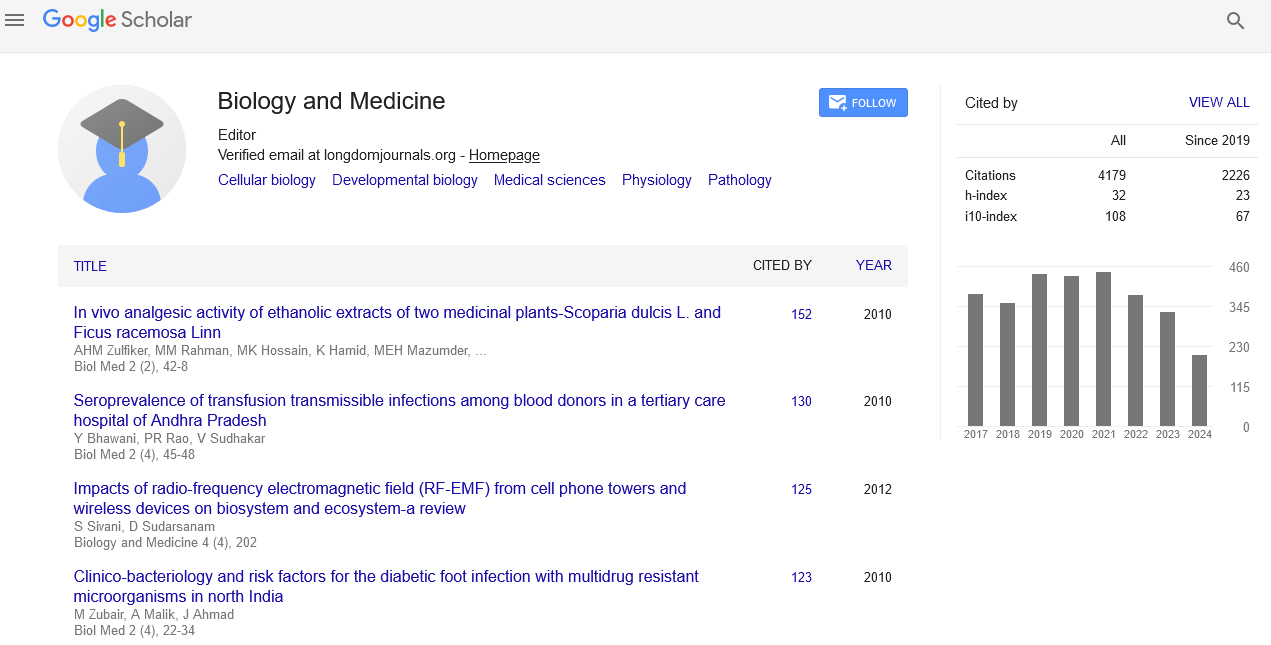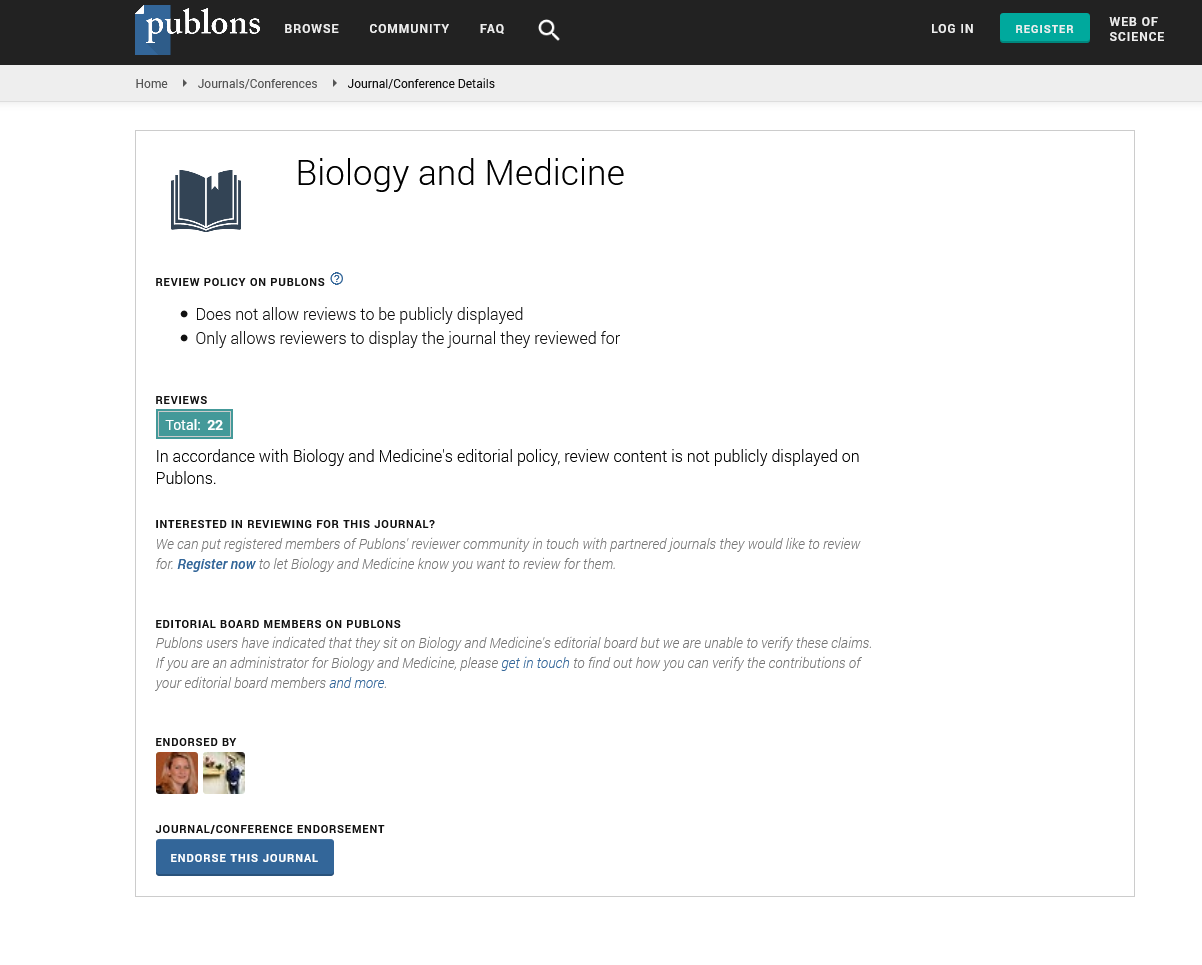Indexed In
- Open J Gate
- Genamics JournalSeek
- CiteFactor
- Cosmos IF
- Scimago
- Ulrich's Periodicals Directory
- Electronic Journals Library
- RefSeek
- Hamdard University
- EBSCO A-Z
- Directory of Abstract Indexing for Journals
- OCLC- WorldCat
- Proquest Summons
- Scholarsteer
- ROAD
- Virtual Library of Biology (vifabio)
- Publons
- Geneva Foundation for Medical Education and Research
- Google Scholar
Useful Links
Share This Page
Journal Flyer

Open Access Journals
- Agri and Aquaculture
- Biochemistry
- Bioinformatics & Systems Biology
- Business & Management
- Chemistry
- Clinical Sciences
- Engineering
- Food & Nutrition
- General Science
- Genetics & Molecular Biology
- Immunology & Microbiology
- Medical Sciences
- Neuroscience & Psychology
- Nursing & Health Care
- Pharmaceutical Sciences
Acute toxicity and cytotoxicity evaluation of ethyl acetate fraction of Garcinia mangostana Linn. on mice liver, kidney and intestine histopathology as an alternative therapy for colorectal cancer
Annual Congress on Medicine
November 05-06, 2018 Bangkok, Thailand
Mohammad Idzhar Arrizal, Andika Trya, Kamarza Mulia, Erni H Purwaningsih and Siti Farida
University of Indonesia, Indonesia
Scientific Tracks Abstracts: Biol Med
Abstract:
Statement of the Problem: Colorectal cancer currently ranks third on the most common cancer worldwide. As treatments available, it still have many side effects to deal with, researchers have been trying to develop a new anticancer therapy with fewer side effect. Mangosteen (Garcinia mangostana Linn.), which contains ?-mangostin, is known for having anticancer activity. Ethyl acetate fraction is used to obtain the highest level of ?-mangostin from mangosteen. Nevertheless, its acute toxicity and cytotoxicity on liver and kidney tissues as organs involved in drug metabolism and excretion also intestines tissues as target organ have never been evaluated. The aim of this study is to evaluate the acute toxicity of ethyl acetate fraction of mangosteen extract and its cytotoxic effect on mice liver, kidney and intestine. Methodology & Theoretical Orientation: This study used 6-to-8-week-old BALB/c mice which were distributed to five groups: Control group, solvent group receiving emulsifier agent, three treatment groups receiving the extract orally at a single dose of 2, 4 and 6 g/kg BW, consecutively, each of five per group. Mice then were observed for 14 days. Afterwards, the organs were taken and examined to see any pathological changes. Findings: The study revealed that the administration of extract at 4 and 6 g/kg BW produced toxicity signs and acute toxicity showed an approximate LD50 value at >6 g/kg BW. Meanwhile, there were no significant differences among these groups on the organs. However, the histopathology of liver indicated that the mice treated with 6 g/kg extract had significant alteration than the other groups except the solvent group. Conclusion & Significance: Ethyl acetate fraction of mangosteen causes acute toxicity at 4 and 6 g/kg BW and has cytotoxic effect on liver tissues at 6 g/kg BW. Further studies are needed for its future development as anti-colorectal cancer therapy.
Biography :
Mohammad Idzhar Arrizal is pursuing his undergraduation in Medicine at University of Indonesia. He has extended his valuable service towards the scientific community with his extensive research work.
E-mail: ardzhr@gmail.com


